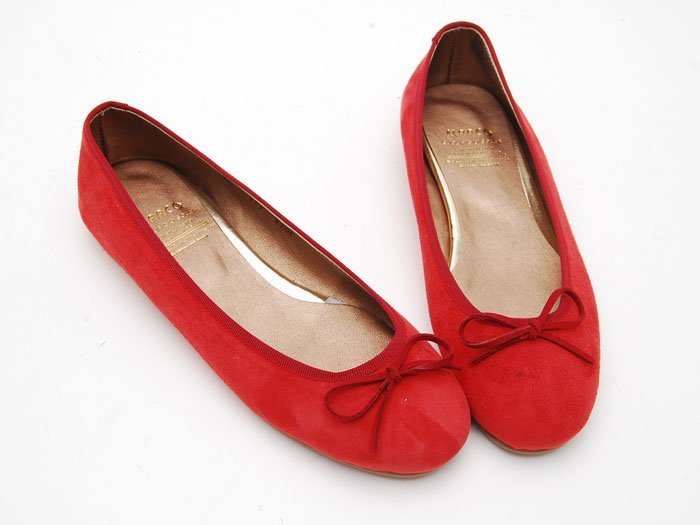Hello!
Tips for Finding Comfortable Pumps
- Hold the shoe at the heel and toe areas. The sole should be flexible and bend at the front of the arch but have a stiff bottom through the arch.
- Choose a pump with a high heel that is directly underneath the center of your heel. If it is too far forward or at the back of the shoe, you'll have balance problems.
- Look for false fronts. A pointy-toe shoe with an area that is much longer than your toes has a false front. It keeps your toes from being squished
- Make sure the toe area is wide enough through the ball of your foot.
- Note that a wedge shoe distributes your weight more evenly and offers support all the way through the foot. Be aware, however, that the limited sole flexibility of a wedge increases the risk of rolling your ankle over the side.
- Test a shoe for cushioning by pressing a finger into the ball area. It should have a little give or a slightly padded feel.
- Avoid synthetics. Wear shoes with leather, suede, or fabric uppers. These materials breathe, which lessens the chance of blistering.

Tips for Finding a Comfortable Flat
- Look for sturdy construction. Try to push in the area around the hee."If the heel collapses enough to touch the insole, the shoe is not supportive.
- Hold each end of a shoe and try to twist it. If the shoe bends too much, it won't be supportive.
- Look for flats with a little bit of a heel if you have high arches. Heels provide relief from foot pain.
- Buy shoes with leather or rubber soles for optimum shock absorption.
- Wear only shoes that have leather or suede insoles. Breathable and pliable, they help prevent chafing and blistering, and they mold to the feet.
- Search for round-toe flats. They follow the shape of the foot and allow the toes to move.
- Avoid slippage and cuts on your heel by finding a shoe with a back that fits snugly and holds your foot securely.

Tips for Finding a Blister-Proof Sandal
- Avoid wobbly shoes. Examine a shoe's quality by looking at how it sits on a table. A well-built shoe will be balanced and look stable when standing on its own.
- Find stack heels that have a broad heel tap (base), which allows for better shock absorption. You will also be steadier on your feet.
- Stay away from backless shoes, such as thongs and slides, because they cause pain in the balls of the feet. Instead, look for a sandal with straps that hit just below the ankle (not encircling it). These will help stabilize the foot and hold it securely.
- Wear only sandals that have leather or suede-lined straps to prevent chafing.
- Make sure the toe-box area is wide enough for the broadest part of your foot.
- Look for platform shoes that give the illusion of a higher heel without the feel of it.
- Examine the insides of straps for seams and other construction details that might dig into feet.

No comments:
Post a Comment